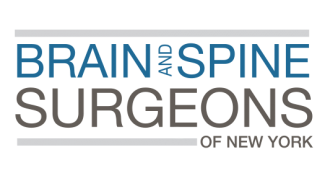
Facial & Cranial Pain Nerve Decompression Procedures
Nerves that are compressed or damaged can cause pain all across the body. In the face, head, and neck that can mean debilitating headaches, muscle spasms or unrelenting facial, throat or ear pain. Microvascular nerve decompression is a surgical procedure performed to improve or restore nerve function by mobilizing or shifting structures, such as a vein or artery that is compressing the affected nerve and inserting a tiny “pillow” between the vessel and the nerve. Nerve compression is a relatively common cause of pain in the head, neck, and face, and microvascular nerve decompression can reduce or relieve symptoms in many different pain conditions.
Commonly treated conditions:
- Trigeminal Neuralgia
- Glossopharyngeal Neuralgia
- Hemifacial Spasm
- Occipital Neuralgia
- Nervus Intermedius Neuralgia
COMMON NERVE DECOMPRESSION PROCEDURES FOR FACIAL AND CRANIAL PAIN:
Microvascular Nerve Decompression Procedure
In a Nerve Decompression, a neurosurgeon removes a small portion of bone behind the ear to gain access to the cranial nerve. During the procedure, the neurosurgeon identifies the tissue obstructing the nerve, and places a surgical-grade sponge between the nerve and tissue to relieve the compression. Microvascular Decompression requires general anesthesia and is an in-patient procedure, typically requiring a short hospital stay.
Peripheral Nerve Decompression for Facial and Cranial Pain
Not all pain in the face, neck, and head is caused by the cranial nerves. Many conditions, including migraines, are caused by the compression of nerves by peripheral muscles in the neck and face. Peripheral Nerve Decompression targets the muscles, tissues, or structures that place pressure on these nerves and can reduce the intensity and occurrence rate of headaches or facial pain.
Commonly treated conditions:
- Migraines
- Occipital Headaches
- Rhinogenic Headaches
Microsurgical Internal Neurolysis
The nerve sheath is a protective layer surrounding our nerves. Some health conditions, repetitive movements, or traumas can cause these sheaths to be scarred or inflamed. This swelling can compress the nerves inside their sheaths, leading to pain, muscle weakness, or involuntary movements. In Microsurgical Internal Neurolysis, the nerve sheath is opened and the scar tissue removed to reduce pain or muscle twitching.
Commonly treated conditions:










